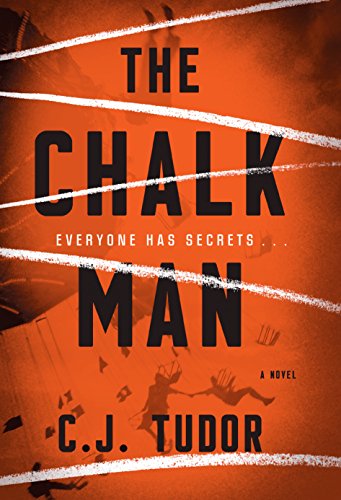In this memoir, Plum Johnson recounts how after the deaths of her parents, she spent 16 months sorting through their belongings and preparing the house for sale. Her parents, Alex and Anne, had lived for over half a century in the sprawling, 23-room house in Oakville on the shores of Lake Ontario, so the amount of accumulation was massive.
In that
time in her childhood home, she not only decluttered the house. She examined her difficult relationship with
her mother whom she saw as “intrusive, demanding, and possessive” (252), a
relationship that was exacerbated by years of elder care. She realized she had to find what she missed,
ignored or forgot about her mother. After
her mother’s death, people “didn’t describe the forceful mother I had been
experiencing for the past twenty years – the one who invaded my privacy,
demanded I call her every few hours, who seemed judgmental and disapproving of
my choices – they described an Other Mother who was loving and wise, confident
and charming, admirable and true. They
described a woman I wished I had known.
Or perhaps a mother I had pushed away.
A mother I just needed to remember – someone who had been there all
along” (88). In the end, Plum admits
that “most of the clutter was in my head” (279). And I love the irony of Plum saying about her
daughter, “I can’t believe she doesn’t see herself the way I do” (213).
Many books,
both fiction and non-fiction, have been written about mother-daughter
relationships, and I didn’t find that this one added anything new. Of
course, this means that readers will find much that is relatable in the
book. Plum Johnson wonders what all
daughters have probably asked: “Are all
our unfulfilled dreams unconsciously passed down from mother to daughter for
generations?” (217) and “Was I afraid to see that [my mother] looks like me?”
(263). With age, most daughters have
more empathy: “I’m experiencing some
aches and pains myself, and I see now that old people are simply young people
locked into aging bodies. No wonder she
was cranky” (263). The author confirms
what most people come to understand: we
don’t fully appreciate things and people until they’re gone.
I did
appreciate the discussion of Other Mothers, other women who can serve as
mentors: “we can all use more than one
mother . . . It keeps us sane” (91).
It’s true that “It’s hard to accept guidance when you’re trying to break
away” (91) so it’s easier to accept guidance from others with whom
relationships are less fraught with emotions and so are less complicated. I’ve treasured close friendships with older
women who have, like Plum’s friend Pat, shared “hard-won insights” (93).
Plum’s
difficult relationship with her mother is understandable. Anne was definitely a strong
personality: “a ‘life force’ who . . .
always stole the show . . . it was more like Mum was the limelight . . . [that required] constant attention”
(83-84). It’s interesting that the
author admits to replacing “the lens through which I view her” (263), and
accepting that “’Mothers are always “The Nurturer” and “The Witch,” whether we
like it or not . . . We have to accept both in the same package’” (264).
In the
Acknowledgments, Johnson states, “I just wish the last twenty years hadn’t been
so thorny. Because then I wouldn’t have
felt the need to put [my mother] back up on a pedestal – which is where she
sits now” (279 – 280). It seems that
she has done the same thing with her father.
Her mother may have been insensitive to her children’s feelings, but her
father was overbearing and abusive. She
describes his behaviour towards her and her brothers but she seems to refuse to
see it for what it is. Though he was a
man of a different time, his treatment of his wife also seems harsh. And the author doesn’t examine the impact of
her parents’ tumultuous relationship on her and her siblings. (I found myself wanting to learn more about
her parents’ fascinating histories and adventurous, book-worthy lives.)
The sibling
relationships do not ring true. The
division of family assets is often a competitive exercise, yet these four
siblings seemed to have no conflicts and remained unfailingly supportive of each
other. Perhaps the sympathetic
portrayals were influenced by the fact that her brothers were alive when she
wrote this memoir?
Though not
ground-breaking, the book will appeal to readers of a certain age, especially
baby boomers caring for elderly parents and having to dispose of decades of
accumulation. And it did get me thinking
about what I should do with my lifetime collection of journals: “Earlier I’d resolved to clear out my own
mess, too, so my children wouldn’t have to face it, but since then I’ve had a
change of heart. Now I believe this clearing
out is a valuable process – best left to our children. It’s the only way they’ll ever truly come to
know us, discovering things we never wanted them to find” (219).







